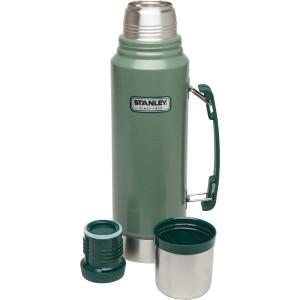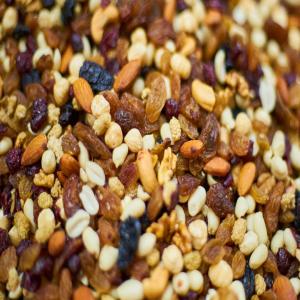Equipment Advice
It is essential that all participants on a club walk have suitable clothing, footwear and equipment to wear on the walk and equally important a change of clothing, shoes and a towel stored in another bag at the car for the return. In order to save costs and minimize the number of cars parked on confined country roads the club normally car pool with 4 people per car. Therefore it’s advisable to bring along some money to share costs with the driver and to cover your meals/drinks at the dinner stop on the way home. A walk is normally a full day activity and so expect that it’s often 9pm before you arrive back to Ennis.
Food and Drink
As the walks can be up to 5-7 hours in duration a sandwich or similar is essential for the main lunch stop. This can be supplemented by snacks such as bananas or apples, dried fruit and nut mixtures, chocolate raisins or peanuts, sweets etc. during short stops. Fruitcake is another handy alternative to sweets, which can tend to make one thirsty. This is very much a personal choice but plenty of fluids are essential at all times of the year and preferably some hot drink in the winter. A good volume to bring is around 1.5 liters total including water. On very hot or long days this can be increased to 3 l. or more. Some form of energy-rich (juice) or isotonic drink together with water is recommended. Little and often is a good maxim for both drinking and eating. It is advisable to start hydrating the body the day before and to keep sipping drinks frequently on the day of the walk.
We all have personal choices, this is a guideline:

Sandwich
healthy, tasty and nutritious!

Flask
with a lovely hot drink

Trail Mix
or chocolate, fruit cake, etc

Energy Drink
for extra boost and energy

1.5Lt water
up to 3Lt in hot weather!
Essential Equipment
- Boots must be recognised, sturdy waterproof hiking boots with a high ankle support and non-slip, Vibram, Contagrip or equivalent soles. The best brands available locally are Meindle, Salamon, Demon, Brasher etc. Good boots are worth paying up to €200 for and will usually give the return, should not require much wearing-in and will be even more comfortable if the insoles are replaced by Sorbuthane liners or equivalent.
- Socks should also be chosen carefully. The Bridgedale company make excellent socks that have thicker material around the heels, ankles, soles and toes and thereby provide greater comfort.
- A Waterproof Jacket is the next essential item. This is also worth spending a bit on, as the return will be obtained if a good Gortex, Triplepoint or similar type jacket is purchased.
- Waterproof Trousers or Pull-ups must be carried in your rucksack for persistent rain, sleet or snow and for extra warmth on winter days.
- A Warm Hat, preferably with ear covering
- Two pairs of gloves, one thick, one thin should always be taken along.
- A Fleece, Windbloc or similar Pile Jacket / Top is also essential as a mid layer of insulation. Cotton is not recommended as it does not retain its thermal properties when wet and takes an age to dry out.
- A pair of walking trousers / leggings / tracksuit bottoms made from synthetic material for quick drying. Jeans are cotton and are definitely ruled out.
- Thermal vests, Dryflo or equivalent are best as the base layer and if it is going to be really cold or one is out at night then thermal leggings are also recommended. Again avoid cotton.
- A decent-sized day rucksack (25-35L) to carry what you are not wearing at any time and other items listed below. As rucksacks are never fully waterproof it is strongly recommended you use a large refuse bag as a liner to keep the items such as lunch and spare walking clothes dry.
- A headtorch plus spare batteries or failing that, a small hand torch. You never know when this could prove extremely useful.
- A personal First Aid pack with some plasters, blister kit and painkillers, as the more substantial leader’s kits should not be opened and depleted for minor cuts and grazes.
- A whistle is essential and know your distress signals, 6 blasts in quick succession repeated after a one minute interval. The response should be 3 blasts in quick succession repeated after a one minute interval.
- A Bivvy Bag or orange survival bag (double-size) should be carried at all times.
- Gaiters are excellent in boggy areas or for river/stream crossings and in general in wintertime
- Money for driver contribution and dinner
